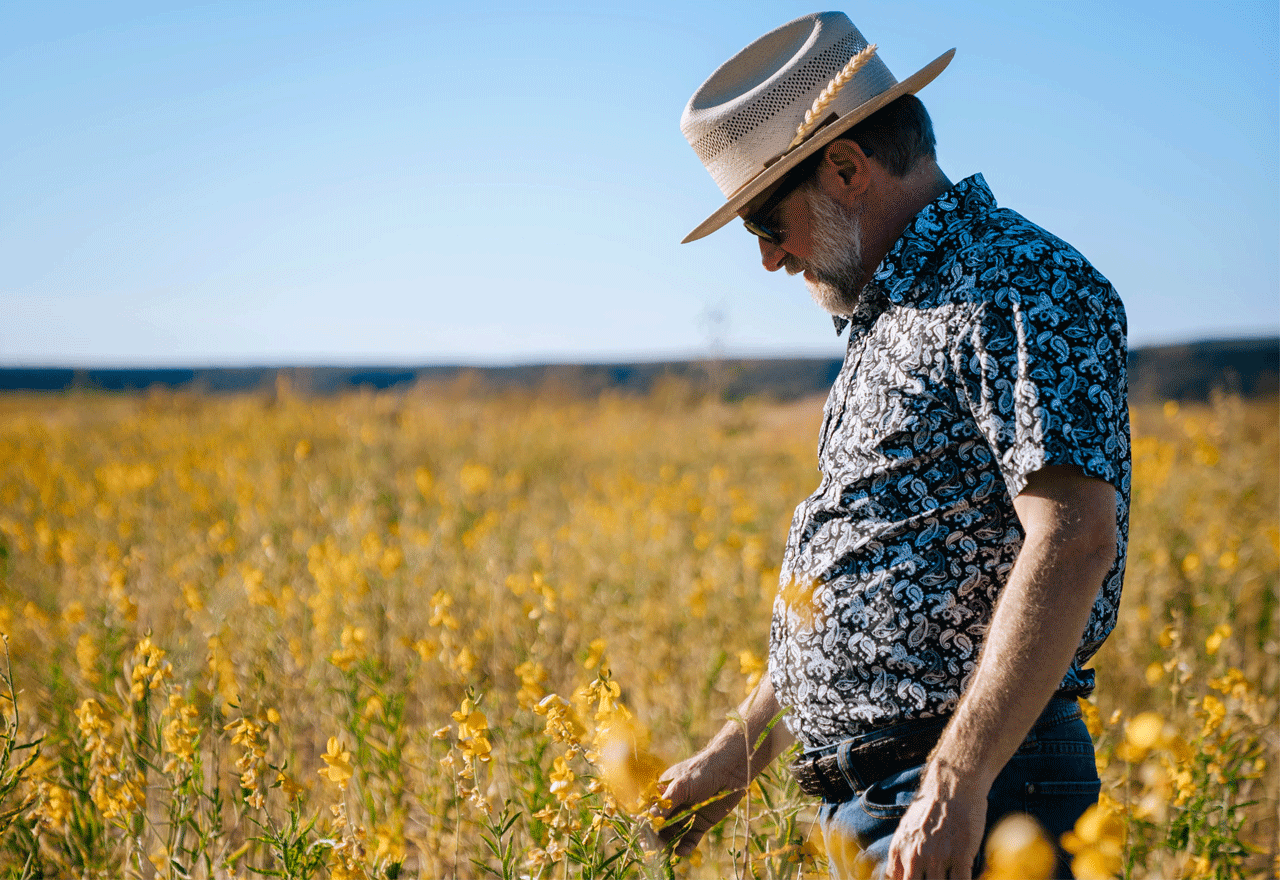What it means to be ROP and ROC certified
[This article was previously published in the summer issue of the Cultivator, Cornucopia’s quarterly newsletter. Donate today to protect organic integrity and receive our fall issue in print.]
By Michele Marchetti and Kestrel Burcham
At Oatman Farms, Dax Hansen is putting his faith in eaters who want nourishing food grown with care for local ecosystems. A newly added label will signal these values: Mixes made with Regenerative Organic Certified (ROC) stone-milled heritage grains from Hansen’s Southwest farm will soon be available for purchase.
Regenerative Organic Certification (ROC) and Real Organic Project (ROP) are certification options with an important distinction: they are only available to brands and farms that are USDA certified organic.
“As flawed as it might be, organic means something,” says Hansen, whose Oatman Farms earned ROC certification in 2021. “It’s table stakes for doing more.”
Here’s what you need to know about both labels that go above and beyond the organic seal:
Real Organic Project
Started by farmers, the Real Organic Project is a grassroots response to the industrialization of organics and the hundreds of millions of dollars spent annually by lobbyists working on behalf of the agriculture and food processing industry. In an increasingly confusing marketplace, the ROP label promises crops grown in living soil and animals (if present) raised humanely with real access to pasture.
ROP goes beyond the rules laid out for USDA certified organic products. For example, ROP standards do not allow “organic” hydroponics. Farms must grow their tomatoes, cucumbers, peppers, and berries in
biological soil.
A list of farms carrying ROP certification — currently over 800 farms and ranches — can be found at realorganicproject.org.
That list includes nearly 40 farms on Cornucopia’s Organic Scorecards, three of which are operated by Cornucopia board members: Engelbert Farms (the first certified organic dairy in the US) in Nichols, New York; Wheatfield Hill Organics, a diversified farm in Durand, Wisconsin, specializing in Black Angus beef; and Greener Pastures Chicken in Austin, Texas. (New Morning Farm, a vegetable farm in Hustontown, Pennsylvania, is another ROP certified farm founded by a Cornucopia board member.)
Cornucopia Board President Cameron Molberg, owner of Greener Pastures, says ROP differentiates his farm from industrial organic operations, which do the bare minimum to meet the standards. “Authentic organic producers follow practices that align with consumer expectations,” he says. (He’s recurrently awaiting inspection from Regenerative Organic Alliance, aiming for the top tier of ROC certification. Read on for more info about that label.)
Regenerative Organic Certification
Regenerative Organic Alliance is premised on a lofty mission: to “heal a broken system, repair a damaged planet, and empower farmers and eaters to create a better future through regenerative organic farming.”
In 2017, an esteemed group of farmers, businesses, and experts in various fields joined forces under this alliance to create the ROC label, which focuses on three tiers: soil health, animal welfare, and social fairness.
The Soil Health tier prioritizes practices that increase soil organic matter over time and sequesters carbon above and below ground. Soilless production (including hydroponics) is prohibited. At Hansen’s farm, Oatman Flats Ranch in Gila Bend, Arizona, every acre of farmland makes room for cover crops and native species habitat. Weeds are tackled with a roller crimper, instead of tillage. When it’s time to plant, the roller crimper mows down the cover crops and creates a mulch that suppresses weeds, making way for vibrant organic crops.
ROC’s Animal Welfare tier explicitly follows the Five Freedoms, internationally accepted standards of care that affirm every being’s right to humane treatment. Organic CAFOs (concentrated animal feeding operations) need not apply.
ROC’s Social Fairness tier requires practices that provide economic stability and fairness for farmers, ranchers, and workers. These include fair payments for farmers, living wages, and transparent processes for listening to and addressing working complaints.
ROC recognizes the work of existing animal welfare (G.A.P.’s Animal Welfare Certified, for example) and social fairness standard groups (such as Food Justice Certified) and leverages these as part of the pathway to its own certification. Farms are eligible for ROC Bronze, Silver, and Gold certification, allowing producers to adjust and improve over time.
Cornucopia appreciates the role of ROC and ROP in countering the increasing industrialization of the organic marketplace. Farms that carry ROC and ROP labels receive extra points when rated in Cornucopia’s scorecards, a hallmark of Cornucopia’s work that showcases ethical farms and their brands.
Whether the motivation is climate change or a health crisis, or both, Cornucopia supporters are demanding the continuous improvement signaled by ROP and ROC labels. While products with these labels are not widely available in the grocery store, you can accelerate their arrival by requesting them at your favorite independent retailer and co-op.


